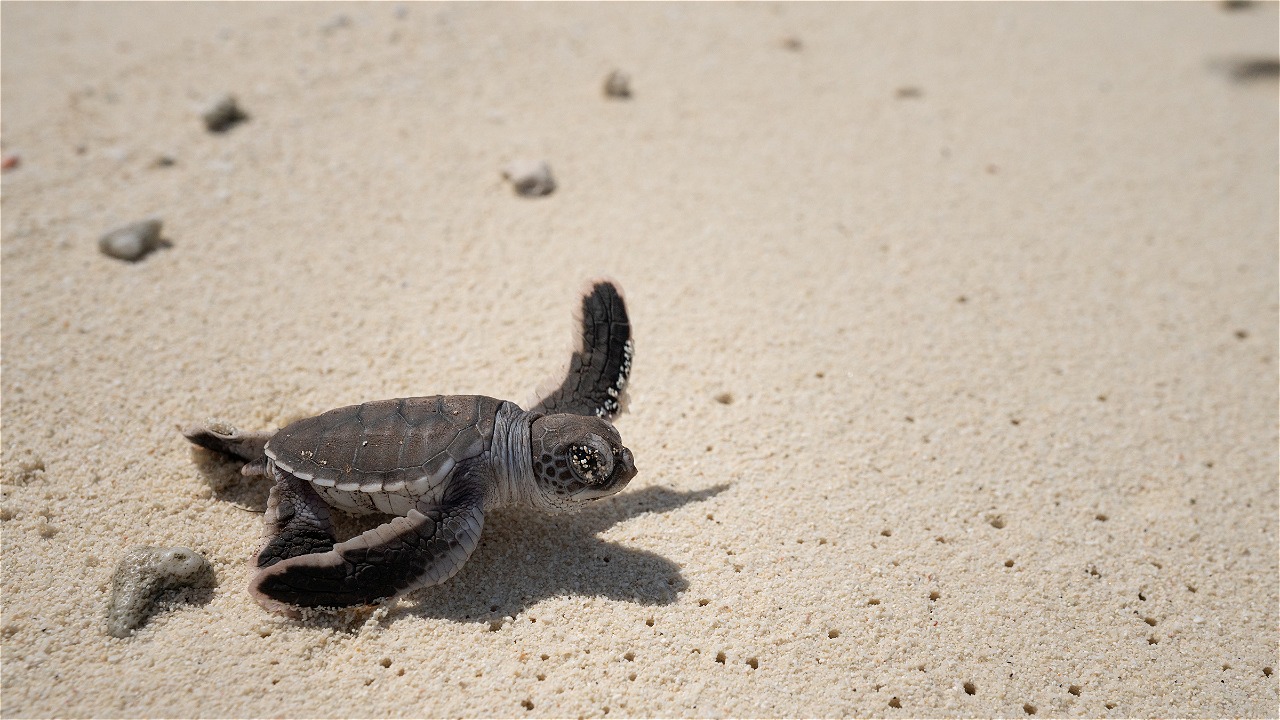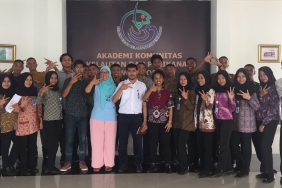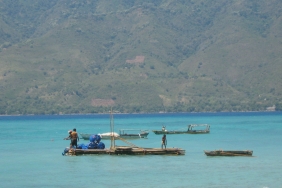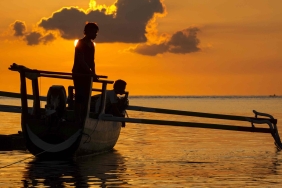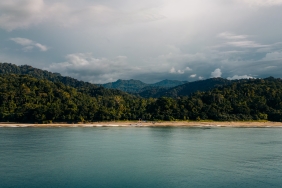SEA TURTLE POACHING, NOT A NEW THREAT ON LEATHERBACK TURTLE NESTING BEACHES, BURU ISLAND, MALUKU
By: Taufik Abdillah (Marine Spatial and Monitoring Officer, Inner Banda Arc Sub-seascape (IBAS), WWF-Indonesia)
Black sand beaches are known to be the preferred beaches for leatherback turtles to lay their eggs. Such as the largest leatherback turtle nesting beach in Indonesia, which is located in Jamursba Medi, West Papua. The black sand favored by leatherback turtles is also found on the beaches of Wainibe, Waspait and Wamlana villages in Fena Leisela sub-district, Buru Island, Buru Regency, Maluku. On the shoreline of these three villages, we found 85 turtle nests.
Of the total number of turtle nests found, 79 of them were nests of sawalaku - as the people of Buru Island call the leatherback turtle. The other six nests were smaller in size and were probably nests of Olive Ridley and Hawksbill turtles. According to local people, these two species of sea turtles also frequently lay their eggs along this beach.
"Salawaku start to climb on the beach to lay their eggs from November to March. The Olive Ridley and Hawksbill turtles start laying their eggs from March to June," said Mr. Awal Wawangi, a Waspait Village fisherman we interviewed. "Once up to lay eggs, the leatherback turtle produces 70 to 110 eggs per nest," his colleague, Mr. Salam Wawangi, continued.
The leatherback turtle nests on Buru Island are not free from threats. Poaching and the trade in turtle eggs and even meat are not new to the island. Spending two to three days in each of the observation villages, we learned that the eggs and turtles that come ashore are still used by the villagers. Turtle eggs are still consumed, and even resold.
Turtle eggs are sold for Rp5,000 per 5-15 eggs, depending on the number of turtles laying eggs. The eggs are usually sold at each resident's home, or at the weekly market in the village. In fact, if the number of eggs is large, they can sell them as far as Namlea, the capital of Buru Regency.
Some villages also still consume salawaku for personal use, even distributed to residents. Conservation is still a foreign word to these communities - compared to the taste of eggs and the rupiah from selling salawaku.
The role of the government, related officials, and the community must be encouraged to support the sustainability of leatherback turtles, and other turtles that lay their eggs on this beach. If the activities of utilizing sea turtle eggs and meat are still carried out, the availability of sea turtle stocks and populations in nature will further decline and become endangered.
WWF-Indonesia does not want to remain silent. The results of this rapid survey will be followed up with monitoring of leatherback and other turtle populations on Buru Island by conducting further intensive surveys in the three villages of Waenibe, Waspait, and Wamlana.
This is important to obtain data on the number of individuals, mofometry, frequency, distribution of nesting locations of sea turtles that come to the beach to lay eggs. The future goal is to work with local stakeholders to introduce conservation to the community, and make Buru Island a turtle nesting beach conservation site, not a place where turtles are hunted.

